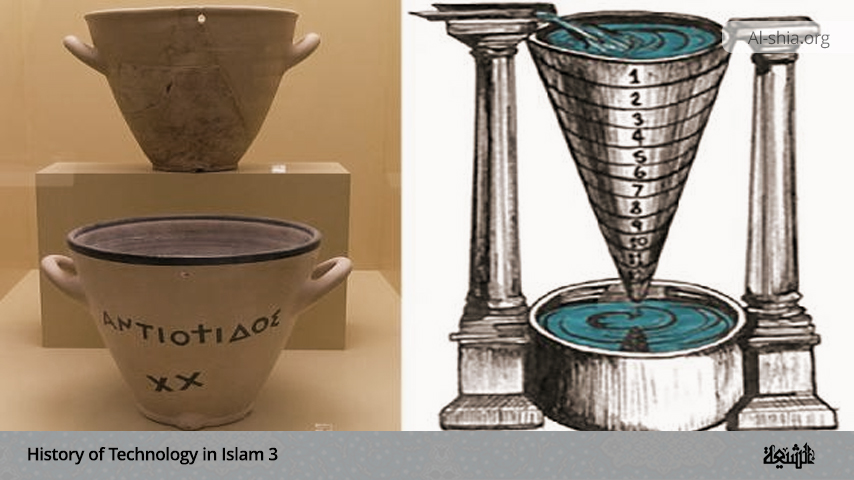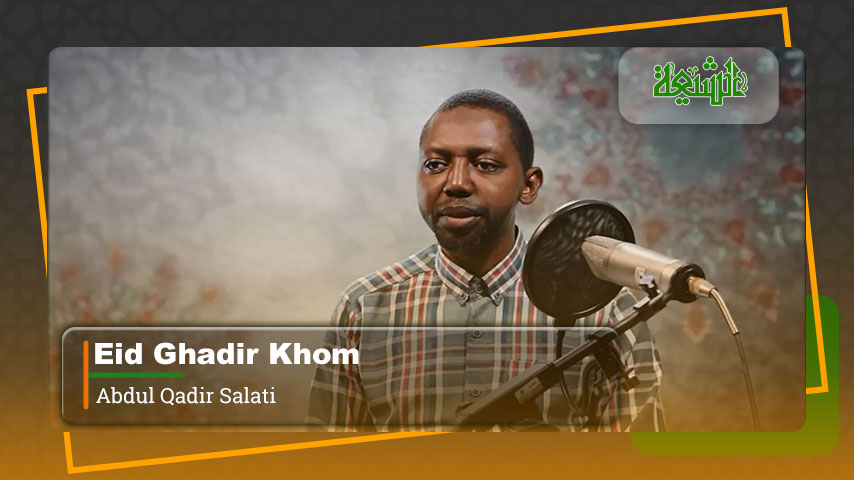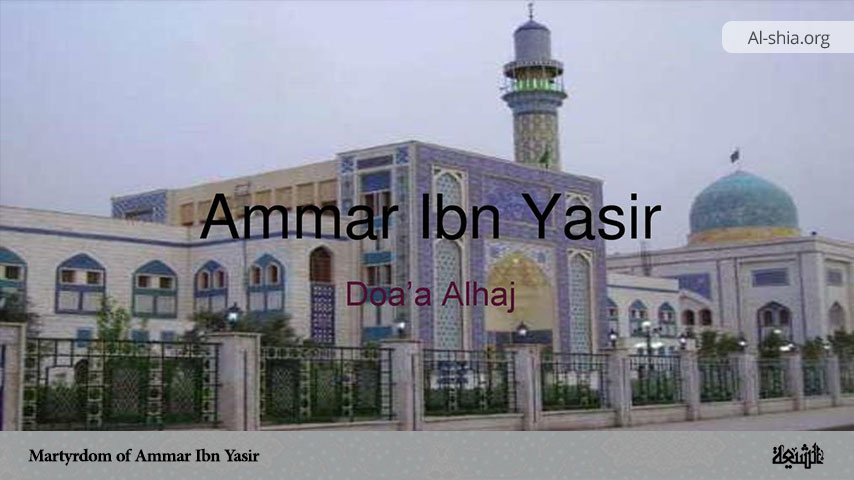In this part of the article “History of technology in Islam”, we shall be looking at some other landmark contributions of Islam in the field of technology.
Water Clocks
Al-Jazari’s clocks all employed automata to mark the passage of the hours. These included birds that discharged pellets from their beaks onto cymbals, doors that opened to reveal the figures of humans, rotating Zodiac circles, the figures of musicians who struck drums or played the trumpets and so on.
Generally speaking, the prime movers transmitted power to these automata by means of pulley systems and tripping mechanisms.
In the largest of the water clocks, which had a working face of about 11 feet high by 4.5 feet wide, the drive came from the steady descent of a heavy float in a circular reservoir. Clearly, some means of maintaining a constant outflow from the reservoir was needed and was indeed achieved in a most remarkable way.
A pipe made of cast bronze led out from the bottom of the tap, and its end was bent down at right angles and formed into the seat of a conical valve. Directly below this outlet sat a small cylindrical vessel in which there bobbed a float with the valve plug on its upper surface.
When the tap opened, water ran into the float chamber, the float rose and caused a plug to enter the valve’s seat. Water was thus discharged from a pipe at the bottom of the float chamber, and the valve opened momentarily, whereupon water entered from the reservoir, the valve closed momentarily and so on.
An almost constant head was therefore maintained in the float chamber by feedback control, and the large float in the reservoir descended at a continuous speed.
Al-Jazari said he got the idea for his invention from a simpler version, which he attributed to Archimedes. This clock did not record equal hours of 60 minutes each, but temporal hours, that is to say, the hours of daylight or darkness were divided by 12 to give hours that varied with the seasons.
This measurement required another piece of equipment: the pipe from the float chamber leading into a flow regulator, a device that allowed the orifice to be turned through a complete circle and thus to vary the static head below the surface of the water in the reservoir.
Previous flow regulators were all inaccurate, but al-Jazari describes how he calibrated the instrument accurately by painstaking trial-and-error methods.
Another type of clock, which may have been al-Jazari’s own invention, incorporates a closed-loop system: the clock worked as long as it was kept loaded with metal balls with which to strike a gong.
Candle Clocks
Al-Jazari also describes candle clocks, which all worked on a similar principle. Each design specified a large candle of uniform cross-section and known weight (they even laid down the weight of the wick).
The candle was installed inside a metal sheath, to which a cap was fitted. The cap was made absolutely flat by turning it on a lathe; it had a hole in the centre, around which, on the upper side, was an indentation.
The candle, whose rate of burning was known, bore against the underside of the cap, and its wick passed through the hole. Wax was collected in the indentation and could be removed periodically so that it did not interfere with steady burning.
The bottom of the candle rested in a shallow dish that had a ring on its side connected through pulleys to a counterweight. As the candle burned away, the weight pushed it upward at a constant speed. The automata were operated from the dish at the bottom of the candle. No other candle clocks of this sophistication are known.
Miscellaneous
Other chapters of al-Jazari’s work described fountains and musical automata, which are of interest mainly because in them the flow of water alternated from one large tank to another at hourly or half-hourly intervals.
Several ingenious devices for hydraulic switching were used to achieve this operation. Mechanical controls are also described in chapters dealing with a potpourri of devices, including a large metal door, a combination lock and a lock with four bolts.
We see for the first time in al-Jazari’s work several concepts important for both design and construction:
The lamination of timber to minimise warping, the static balancing of wheels, the use of wooden templates (a kind of pattern), the use of paper models to establish designs, the calibration of orifices, the grinding of the seats and plugs of valves together with emery powder to obtain a watertight fit, and the casting of metals in closed mould boxes with sand.
Conclusions
Previously, how Islamic mechanical technology entered Europe is unknown. Indeed, there may be instances of ideas being inherited directly from the Greco-Roman tradition in medieval Europe. Nor can we rule out cases of reinvention. When allowances have been made, however, it seems probable that some elements of the rich vein of Islamic mechanical engineering were transmitted to Europe.
Any such technological borrowing would probably have been mediated by contacts between craftsmen, by the inspection of existing machines working or in disrepair and by the reports of travellers.
The most likely location for the transfer of information was Iberia during the long years in which Christians and Muslims coexisted.
The diffusion of the elements of machine technology from lands of Islam to Europe may always remain partly conjectural. This should not in any way be allowed to devalue the achievements of the Muslim engineers, known and anonymous. Nor should we emphasise the relevance of Islamic inventions to modern machinery. Of equal or great importance is the contribution they made to the material wealth, and hence the cultural riches, of the medieval Near East.
NOTES:
__________________________
1. D.R. Hill (1991) Mechanical Engineering in the Medieval Near East. Scientific American, May: 64-69.
2. S.M.R. Musawi Lari (1977) Western Civilisation Throughout Muslim Eyes (Translated by: F.J. Goulding), Publisher: The Author, (Iran).
3. H.P. Rang & M.M. Dale (1993) Pharmacology (2nd ed.), Churchill Livingstone, Edinbburgh, p 3.


















